Valve material and valve standards-(6)-gasket material
Valve Gasket material:
The gasket is used to fill all the unevenness between the two joint surfaces (such as the sealing surface between the valve body and the bonnet) to prevent the medium from leaking between the joint surfaces.
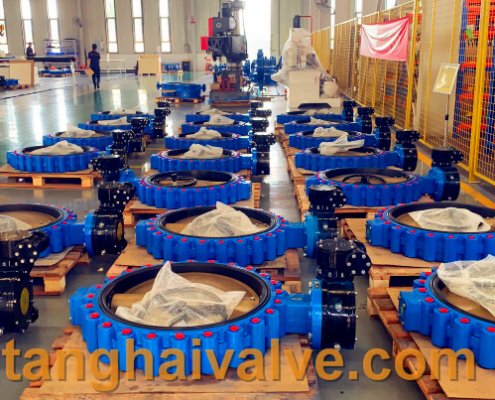
lug type butterfly valve, ductile iron, center lined,
1. Requirements for gaskets: The gasket material has a certain degree of elasticity, plasticity and sufficient strength at working temperature to ensure sealing. At the same time, it must have good corrosion resistance.
2. Types and selection of gasket materials: gaskets are divided into two types: soft and hard. The soft is generally non-metallic materials, such as cardboard, rubber, asbestos rubber sheet, and PTFE. Hardness is generally metal material or metal-coated asbestos, metal and asbestos entangled, etc.
There are many forms of gaskets, including flat, round, oval, tooth-shaped, lens-shaped and other special shapes.
Metal gaskets are generally made of 08, 10, 20 high-quality carbon steel and 1Cr13, 1Cr18Ni9 stainless steel, which require high machining accuracy and surface finish, and are suitable for high temperature and high pressure valves.
Non-metallic gasket materials generally have good plasticity and can be sealed with less pressure, which is suitable for low temperature and low pressure valves.
The gasket material can be selected according to Table 5-4.
| Gasket material | medium | Pressure/Mpa | Temp/°C |
| cardboard | water, oil | ≤10 | 40 |
| Oil-impregnated cardboard | water, oil | ≤10 | 40 |
| rubber board | water,air | ≤6 | 50 |
| asbestos board | steam, gas | ≤6 | 450 |
| PTFE | corrosive | ≤25 | 200 |
| rubber asbestos board XB-450 | water steam, air, gas | ≤60 | 450 |
| XB-350 | water steam, air, gas | ≤40 | 350 |
| XB-250 | water steam, air, gas | ≤15 | 200 |
| Oil-resistant rubber asbestos sheet | oil | 160 | 30 |
| 08 steel and XB-450 filling | steam | 100 | 450 |
| 08 steel and XB-350 filling | steam | 40 | 350 |
| 1Cr13,0Cr13 and asbestos filling | steam | 100 | 600 |
| 08 steel and oil-resistant rubber and asbestos filling | oil | 100 | 350 |
| copper | water steam,air | 100 | 250 |
| aluminium | water steam,air | 64 | 350 |
| 10steel, 20steel | water steam, oil | 2– | 450 |
| 1Cr13 | steam | 200 | 550 |
| 1Cr3Ni9 | steam | 200 | 600 |
Attached Table 1-2 Common Materials for Valve Trim:
| internal parts material | suitable temp/°C | internal parts material | suitable temp/°C |
| 304 | -268/316 | SS440 60RC | -29/427 |
| 316 | -268/316 | 17-4PH | -40/427 |
| bronze | -273/232 | 6 alloy(Co-Cr) | -273/816 |
| inconel alloy | -240/649 | Electroless Nickel | -268/427 |
| K monel alloy | -240/482 | chrome | -273/316 |
| monel alloy | -240/482 | NBR | -40/93 |
| hastelloy B | -198/371 | Viton | -23/204 |
| hastelloy C | -198/538 | PTFE | 200 |
| Titanium alloy | -29/316 | Nylon | -73/93 |
| Nickel alloy | -198/316 | Polyethylene | -73/93 |
| 20 alloy | -46/316 | Neoprene | -40/82 |
| SS416 40RC | -29/427 |
Attached Table 1-3 Common materials and operating temperature of valve sealing surface:
| Sealing surface material | temp range / °C | hardness | suitable medium |
| bronze | -273/232 | water, seawater, air,oxygen,saturated vapor | |
| 316L | -268/316 | 14HRC | Slightly corrosive and non-impact media like steam, water, oil, gas,liquid gas |
| 17-4PH | -40/400 | 40-50HRC | slightly corrosive and impact medium |
| Cr13 | -101/400 | 37-42HRC | slightly corrosive and impact medium |
| Stellite alloy | -268/650 | 40-45HRC (normal temp); 38HRC (650°C) | impact and corrosive medium |
| Monel alloy KS | -240/482 | 27-35HRC, 30-38HRC | Air-free acid solution like alkali, salt,food |
| Hastelloy CB | 371, 538 | 14HRC, 23HRC | Corrosive mineral acid, sulfuric acid, phosphoric acid, wet hydrochloric acid gas, chlorine-free acid solution, strong oxidizing medium |
| 20 alloy | -45.6/316 | 36-61HRC | Oxidizing medium and various concentrations of sulfuric acid |
Material table of stem, sealing surface, gasket, packing and fastener of cast iron valve:
| name | standard | material name | remarks |
| Vlave stem | ASTM A182 | F6a | |
| ASTM A276 | 410,420 | ||
| GB/T 1220 | 1Cr13, 2Cr13 | ||
| sealing surface | GB/T 1176 | ZCuZn25A15Fe3Mn3 | Cast aluminum brass |
| ZCuZn38Mn2Pb2 | Cast manganese brass | ||
| ZCuS19Mn2, ZCuAl10Fe3 | cast aluminum bronze | ||
| GB/T 1220 | 1Cr13,2Cr13,1Cr18Ni9,1Cr18Ni9Ti | ||
| PTFE | |||
| rubber | |||
| gasket | GB/T 3985 | XB350,XB450 | rubber asbesto sheet |
| 1Cr13/XB450 | Spiral wound gasket | ||
| GB/T 3985 | 1Cr18Ni9/XB450 | ||
| filler | PTFE | ||
| JB/T 6617 | flexible graphite ring | ||
| fastener | GB/T 699 | bolt 35/nut25 | |
| GB/T 3077, GB/T 699 | bolt 30CrMo, 35CrMo/nut 35,45 |
TH Valve is a professional manufacturer of butterfly valve, gate valve, check valve, globe valve, knife gate valve, ball valve with API, JIS, DIN standard, used in Oil, Gas, Marine industry, Water supply and drainage, fire fighting, shipbuilding, water treatment and other systems, with Nominal Diameter of DN50 to DN1200, NBR/EPDM/VITON, Certificates & Approvals: DNV-GL, Lloyds, DNV, BV, API, ABS, CCS. Standards: EN 593, API609, API6D
Related news /knowledge:
Valve material and valve standards-(5)-packing material;
Valve material and valve standards-(9)- general valve & parts materials;
What is the material of the main parts of the butterfly valve?-(1);
Fasteners, fillers and gasket materials of valves;

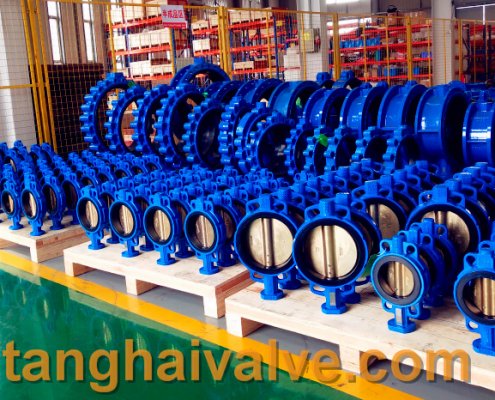
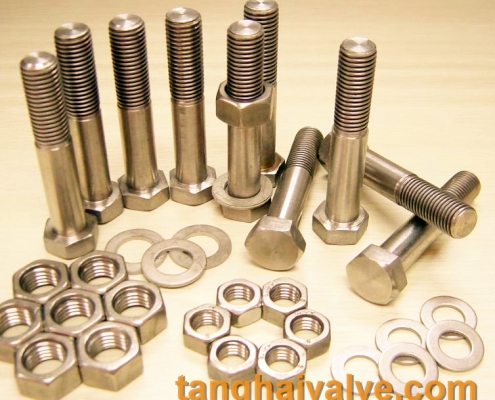
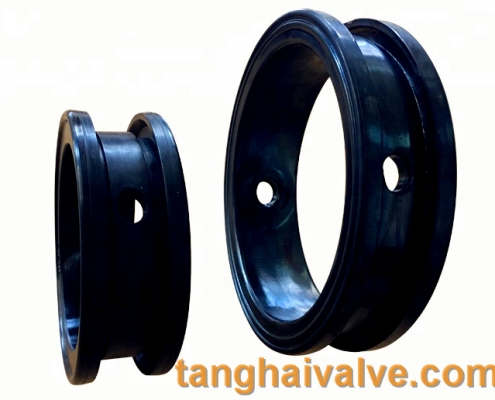
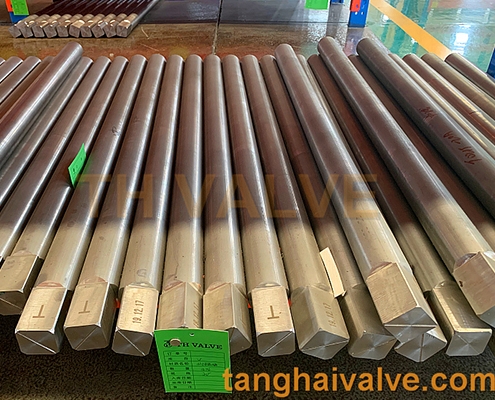
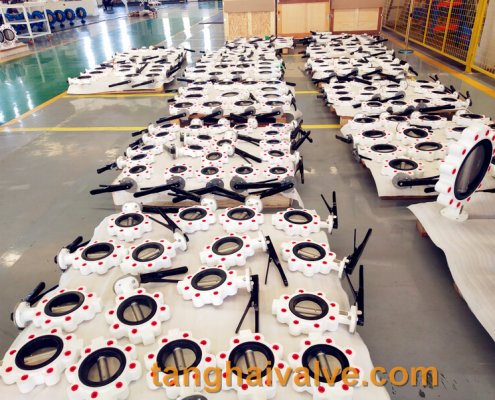
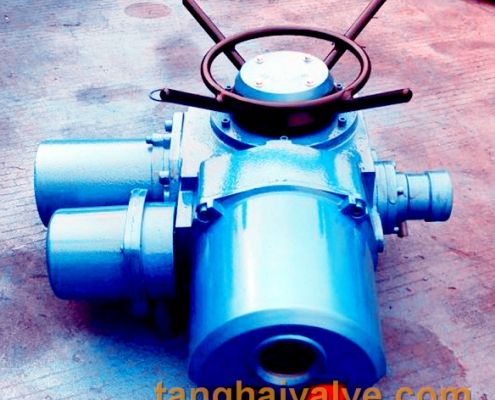
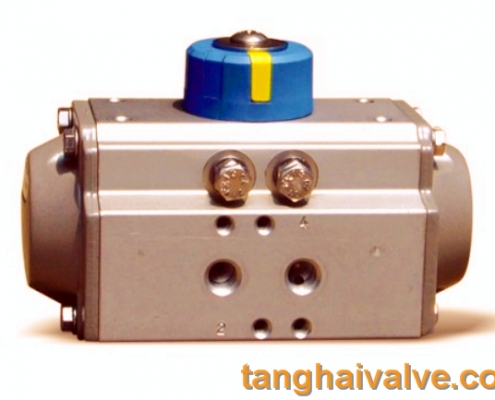
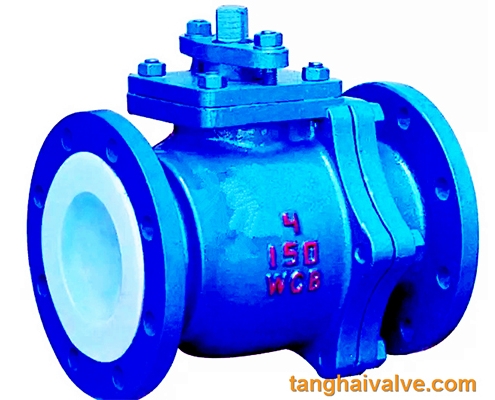
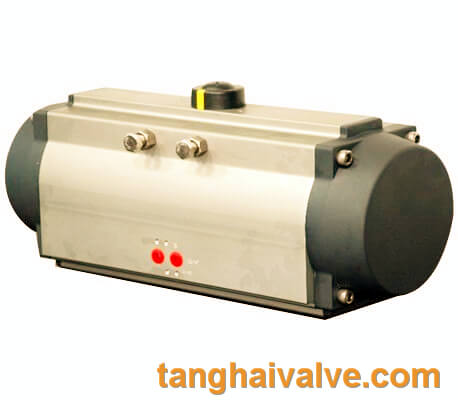
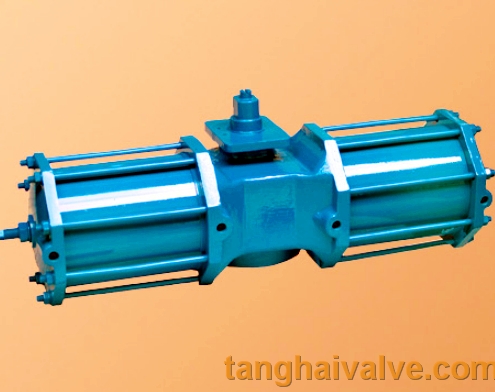
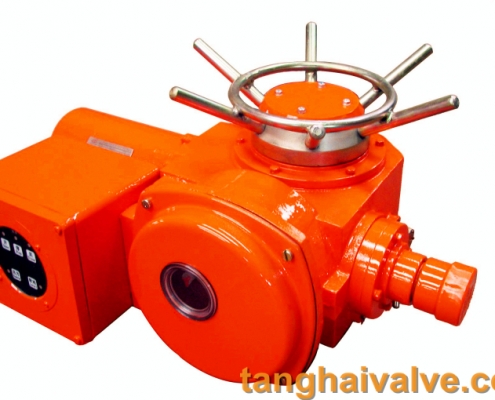


 © Copyright 2020 Tianjin Tanghaidongyang Valve Co., Ltd. All Rights Reserved.
© Copyright 2020 Tianjin Tanghaidongyang Valve Co., Ltd. All Rights Reserved.